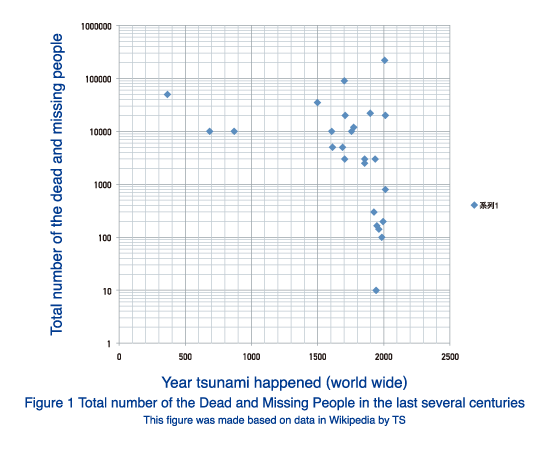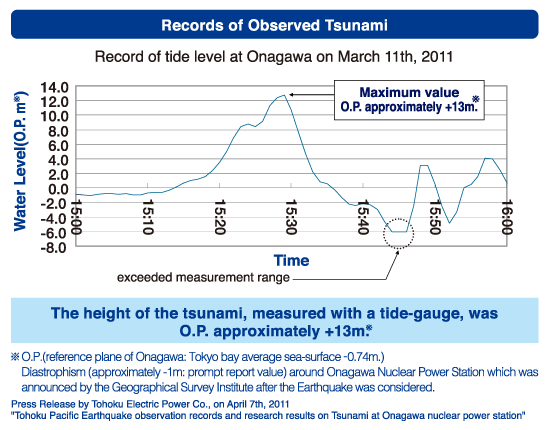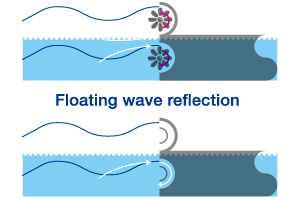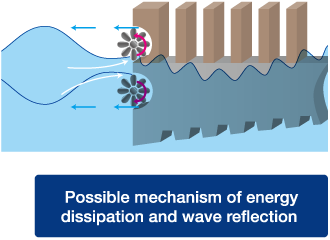
Tsunami is one of the most serious natural disasters, as can be seen in Fig. 1. Tens of thousands of people lose their lives periodically.

Current counter-measures such as the Global Tsunami Warning System will play a more important role in the future. We may also consider a more active approach to mitigating Tsunami damage to minimize such tragedies with science, technology and innovation.


After the previous Tsunami Energy Dissipation Workshop, held in 2012 at Tohoku University, in Sendai, Japan, we have decided to hold a 2nd workshop, and have spread to other topics such as the risks related to snow avalanches and flash floods. Other topics such as the philosophical approach to the relationships between natural disaster related risks and society, and some aspects of crisis management and reconstruction after a disaster have also been added.

 Dropping pressure through friction loss in pores or small channels.
Change of flow direction and wave interaction
(overhang shape, rotary vane, etc).
Dropping pressure through friction loss in pores or small channels.
Change of flow direction and wave interaction
(overhang shape, rotary vane, etc).
Designed materials such as shape memory alloys, metal forms, super-elastics, etc.

※2:Photo from "National Research Institute of Fisheries Engineering, Fisheries Research Agency" HP
Structural designs such as fluid flow energy dissipation with turbulence, flow direction change
Possible shapes, as examples

